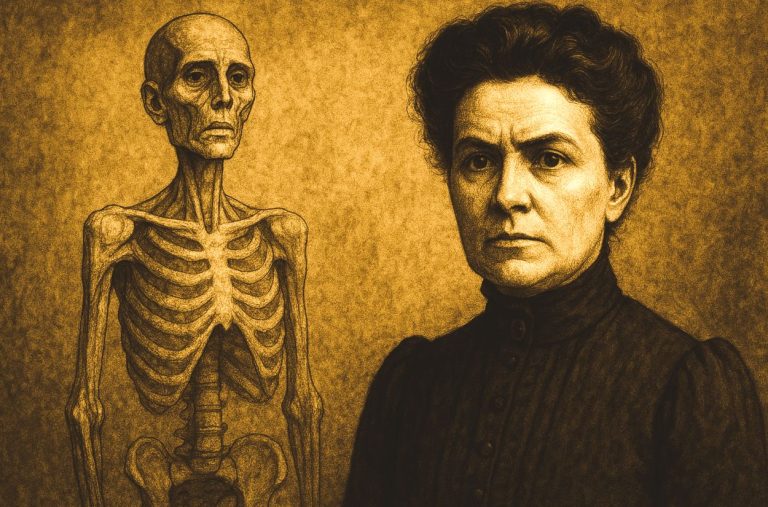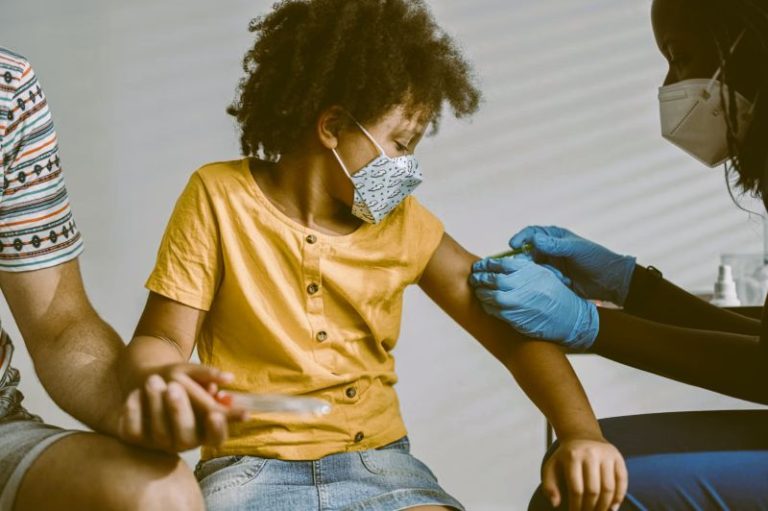

Spread of misinformation evolves, heightening threats to patients and medical science.

By Debra Melani
Senior Science Writer
Office of Communications
University of Colorado Anschutz Medical Campus
By creating a rapt worldwide audience at a time of worry, COVID-19 brought out the worst in fake health news. Misinformation clogged the airwaves, with claims of microchipped vaccines, dangerous miracle cures and mask-mandate conspiracies plastering TV stations and social media platforms.
Today, pandemic “news” has abated. But misinformation has not.
In a nation engrossed in screentime and flashy news bites, age-old medical quackery has entered a whole new dimension. The sheer volume of misinformation coupled with today’s technology for spreading it creates the potential to cut the truth right out of a person’s news intake.
“It’s just so vast,” Aimee Pugh Bernard, PhD, assistant professor of immunology and microbiology at the University of Colorado School of Medicine, said of the scope of today’s medical misinformation problem. “It’s relentless, overwhelming and disappointing.”


